The German Army’s elite Grossdeutschland Division had done yeoman service in the Carpathians after the long retreat with Army Group South. As the destruction of Army Group Centre wound down, Grossdeutschland was moved to the East Prussia-Lithuania border to bolster Army Group North. They did not wait long to see action. Heavy fighting in the first week of August 1944 was intended to stabilize the front and move the enemy away from the German border. The first target was Vilkaviskis, the first major town across the border in Lithuania, where rail and road lines had been cut by Soviet shock troops. Wilkowischken (the German name for Vilkaviskis) fell to the Soviets on 2 August.
They continued west, where they were met by the GD on 5 August. Heavy fighting ensued, including the first meeting between GD troops and the Iosef Stalin tank. On 7 August, the Panzer Grenadier Regiment GD licked its wounds in newly won positions on Hill 51, then moved to Wilkowischken where they were ordered to participate in a full divisional attack. Reconnaissance on the 8th revealed that the Russians had entrenched on the Kovno-Gumbinnen road, siting their weapons behind a two-metre deep anti-tank ditch the Germans themselves had dug as part of the East Prussian Defence Position. At 04:15 the Division moved out in a heavy fog. The Panzer Regiment GD and Füsilier Regiment GD moved forward on the right, planning to swing to the east. The Panzer Grenadier Regiment, with APCs leading the way, attacked due north through farmer’s fields into the enemy defences, meeting mines, Sturmoviks, and anti-tank guns. Battering their way into the town while tank battles took place farther east, the Grenadier Regiment moved forward through cornfields, bushes and the small well-tended gardens of the town.
The fighting would last until after dark, the tight confines of Wilkowischken requiring much of it to be at close quarters. Grossdeutschland – the Fire Brigade of the Eastern Front – had received its welcome to Army Group North.
| WHAT VERSION OF COMBAT MISSION IS THE FILE FOR? | CM : RED THUNDER |
| WHAT IS THE SCENARIO / MAP TITLE? | TWC GD Counterattack at Wilkowischken |
| FILE TYPE? | SCENARIO PLAYABLE AS H2H AND VS AI |
| DOES THE SCENARIO / MAP REQUIRE BATTLEFRONT DLC OR MODS? | NO |
| WHAT SIZE IS THE BATTLE? | MEDIUM |
| WHAT TYPE OF BATTLE IS THIS? | ATTACK |
| WHAT IS THE LENGTH OF THE SCENARIO? | LESS THAN 30 MINUTES |
| WHERE IS THE SCENARIO / MAP BASED? | EASTERN EUROPE [RED THUNDER] |
| WHEN IS THE SCENARIO BASED? | OCTOBER 1944 |
| WHAT TIME OF DAY IS THE SCENARIO BASED? | DAY |
| WHAT IS THE WEATHER IN THE SCENARIO? | CLEAR |
| NATIONALITY OF SIDE ONE | German (Großdeutschland Division) |
| NATIONALITY OF SIDE TWO | Red Army |
| THIS SCENARIO IS BEST PLAYED AS… | SIDE ONE VS AI |
Michael Dorosh

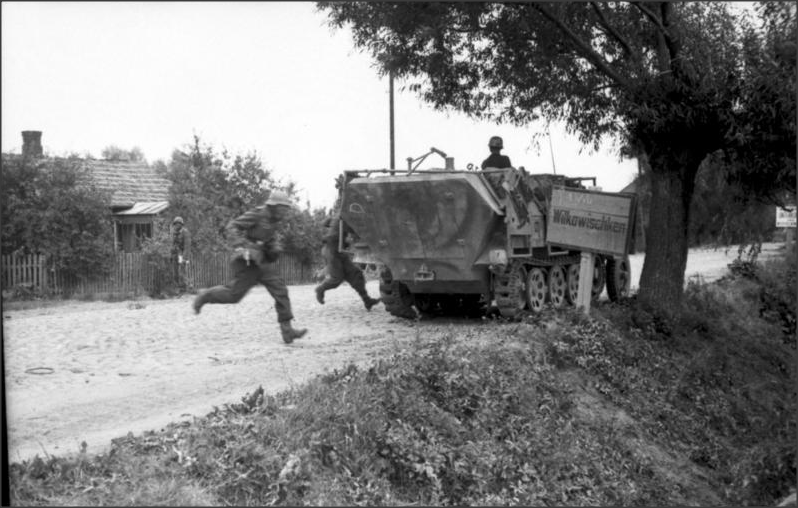
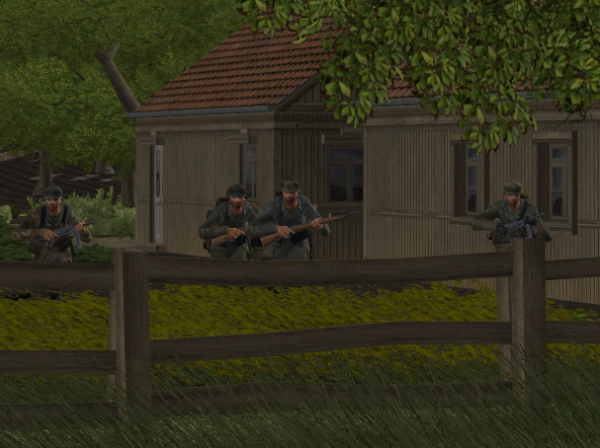
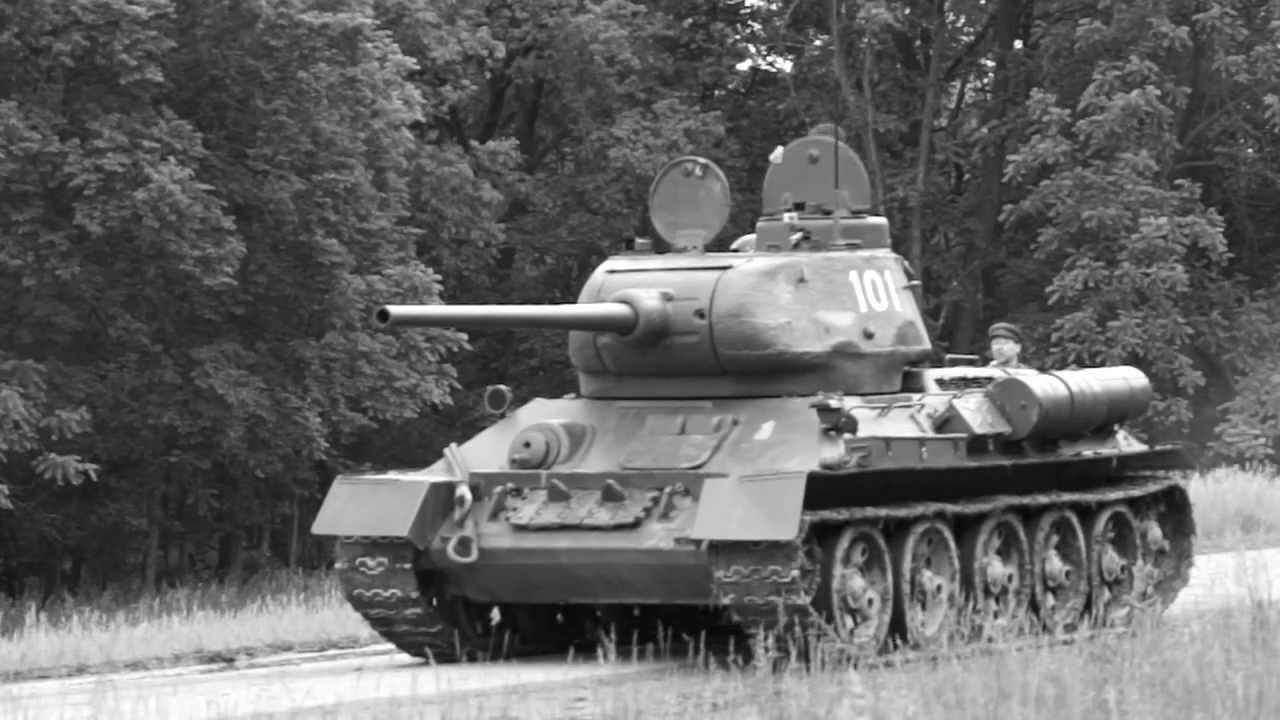
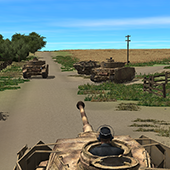
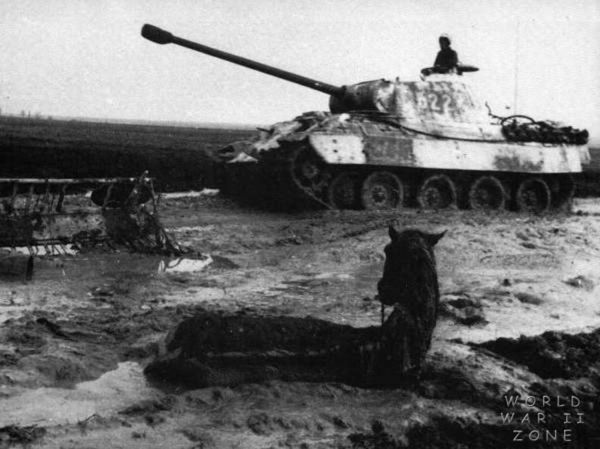
This one only got 3 stars at the BFC Repository, which surprised me as I thought this was one of my better efforts. Someone posted there that if you play a few turns and hit “quit” you get an easy victory. I suppose you can game the scenario that way in many instances. I also think a player – if given a solid set of victory conditions – will know whether he’s actually “won” (accomplished his objective) or not.
I will give this one a go in the next couple of days. Regarding the rating system I think what we have here is better due to the fact someone cant chuck out a 1 star rating with no comment. If players like or dislike a scenario they can comment in the scenario thread and the designer can have comeback to reply.
I agree, an early ceasefire vs the AI will produce unintended results sometimes. Another thing the designer has to balance. But like you said, the player knows if they took liberties with the scoring system. So I would take a quick look to see if this can be avoided on a scenario by scenario basis. Other wise Design On!
Kevin
Hi Michael,
I have gone through the first half an hour of the scenario, keeping some notes and saved games. Here are my thoughts, make of them whatever works best for you:
* Given an attack force this size, I wonder whether it would be a good idea to give it some more AAA. At the moment there’s just a Sdkfz with a 20mm gun, which sounds a bit light.
* In a similar line as above, I understand why there isn’t any armour, and that is fine. Yet I wonder why there aren’t any engineers or heavier calibre artillery available (a couple Wespe maybe?).
* Regarding the terrain, there is a little problem with the left flank road (from the German POV). For some reason, the type of road used does not override the underlying terrain layer (heavy forest scrub). That effectively makes the stretch going through the little patch of trees impassable.
* And regarding the town. Why all those high stone walls? Looking at the picture headlining the scenario, I do see some wooden fencing. The town seems to be fortified, especially for an approach from the right flank. Is the player expected to use his Stummels to breach those walls?
I have enjoyed very much the first half an hour – the approach and move to contact was great. But now that I am looking at the town, I am not sure I want to continue playing 🙂
Didn’t much enjoy this scenario to be honest. I cease fire’d early on, and got a Major Victory. Now, I know it’s weird if people were complaining that they could win by quitting, but I think people are rather trying to point out that this indicates an unbalanced victory point management. It would be boring to get obviously incorrect results if you’ve actually put a lot of time into playing a mission.
As for the mission itself: I actually thought it was nice to have a mission where you performed a +company level assault without tanks. Most missions tend to include tanks, despite the fact that the majority of even relatively large battles like these were purely infantry vs. infantry engagements.
What I disliked:
Bland soft skills. Putting the entire Russian side on Veteran and the entire Germany side on Crack isn’t terribly nuanced. Even hard fighting units like the Großdeutschland wouldn’t consist entirely of any class of unit. Especially units that were rapidly sent all around the front to counterattack rapidly suffered more than their fair share of attrition, which would be made up for with replacements, meaning there ought to be plenty of units that aren’t Crack or even Veteran.
The map: Lithuania is predominantly Roman Catholic, so I’d say the Orthodox church should be replaced. The terrain didn’t really change much approaching the village, there wasn’t much of a transition, just bang, buildings. Maybe more stuff like wheat fields, shrubbery cleared, etc. The ground on the left, especially the depression seemed very abrupt. Rain, wind and gravity smooths such things out.
There didn’t seem to be much of a realistic feel regarding the village. The buildings were placed quite far from each other, with little “connecting” them. There weren’t really any gardens, any square, etc. People tend to use up the un-built ground around their houses for different things, not just leave it 100% natural.
What was up with all the tall brick walls? It looked very strange, did the actual real life village look like that? Normally people tend to have fences and gardens around their houses.
A big thing I disliked was the placement of the Russians. Urban combat is about creating strong points, not occupying literally speaking every house you come across. If you’d created gardens and such, you could’ve hidden people behind bushes, making for some very good CQB elements. Here the building placements come into play again, the stretch of almost identical houses perfectly aligned, with the parallel low wall in front of them just felt like it’d been placed there with the sole intention of creating some sort of firing line. Very obvious positions to occupy, and it rather just turned the early part of the mission into a completely non-tactical “shoot as much as you can at the other guys” thing. The ATGs were very strangely placed, almost entirely unsupported, and very exposed. Not one bit of cover or concealment. A more natural looking village would’ve meant there’d been keyhole positions to be used by placing them behind e.g. two houses with a gap in between them.